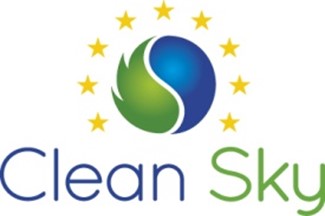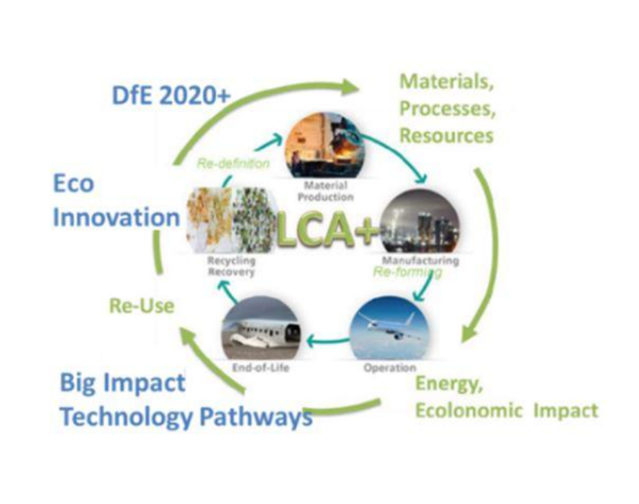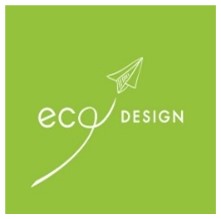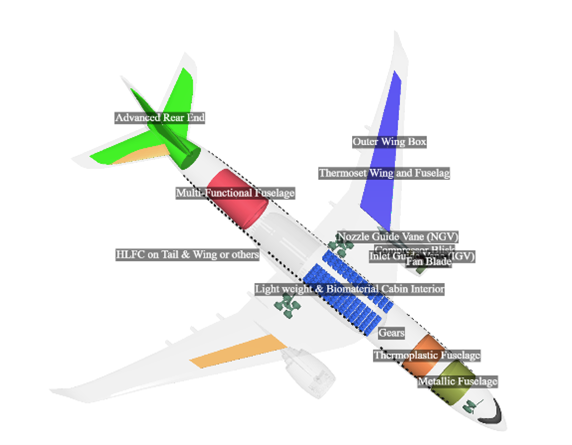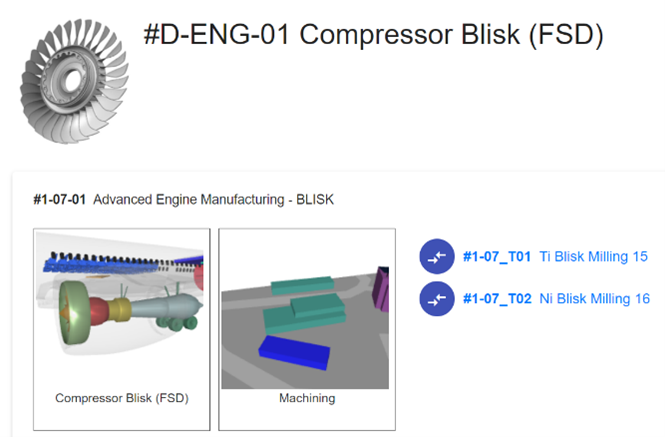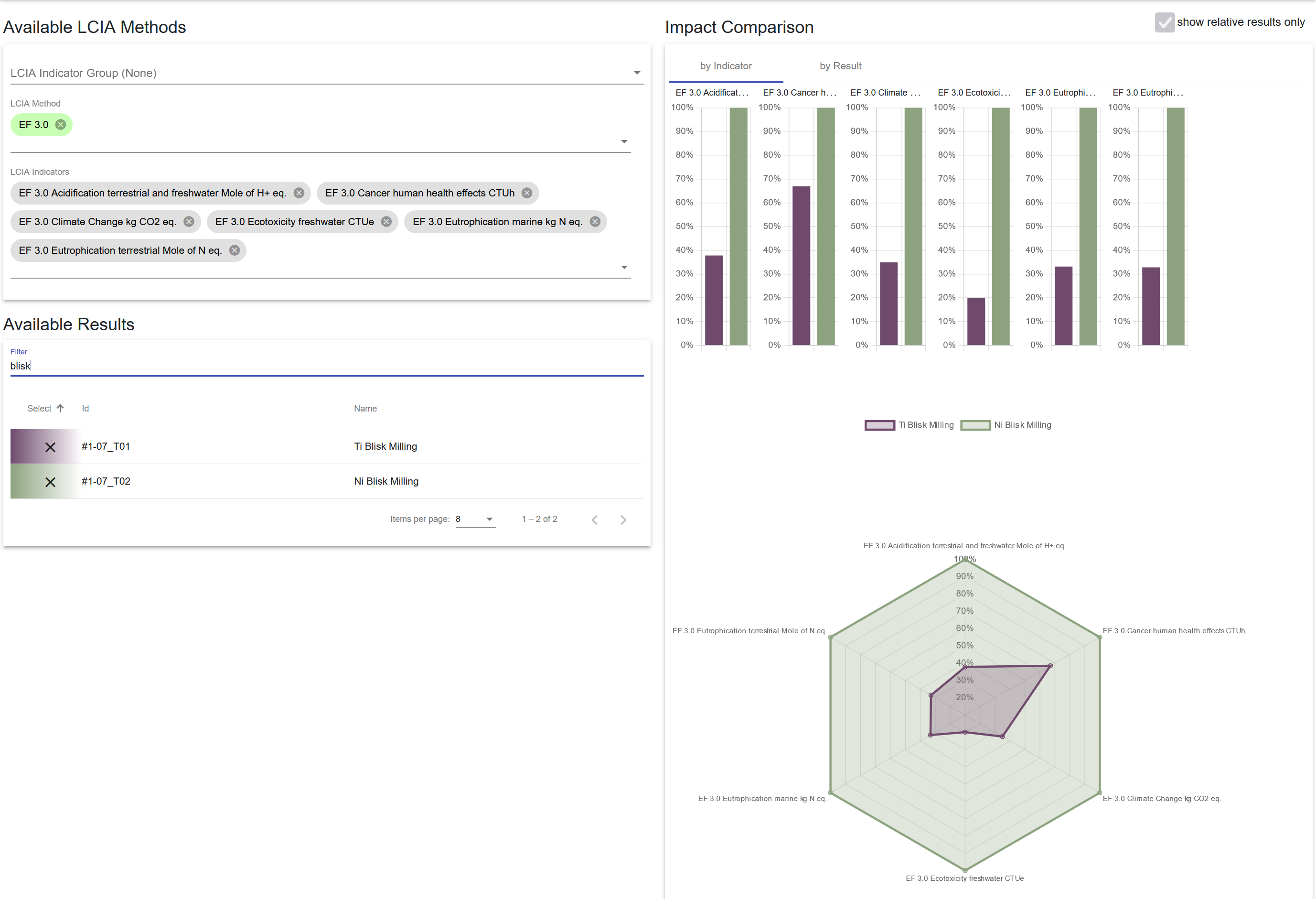Within the European programme Clean Sky 2 the Transversal Activity (TA) Eco-Design focuses on the overall ‘cradle to cradle’ approach to design, manufacturing, maintenance and disposal (including recycling), examining the basic elements of materials, processes and resources, and advancing that science in areas of performance across the entire lifespan of those elements. All of this helps to ensure a heightened level of eco-compliance across other Clean Sky Integrated Technology Demonstrators (ITDs) and Innovative Aircraft Demonstrator Platforms (IADPs).
Part of the developments within Eco-Design is the Eco-Hybrid Platform (short: EHP). The EHP integrates Life Cycle Analysis (LCA) results from different Flagship Demonstrators (FSDs) in form of standardized ILCD data (International Life Cycle Data system) in an Aviation Environmental Database (AED). First and foremost, the EHP provides visually interactive means to navigate this data and compare different alternative materials and manufacturing technologies with respect to their environmental impact providing a wide range of LCIA methods building on openLCA and openLCA Nexus.
The user can navigate the complex data structures in the background via interactive 3D proxies (see figure 2 for the 3D proxy of the Aircraft FSD), select LCIA methods and technologies to compare the respective eco impacts to make better informed decisions for the future.
 Fraunhofer Institute for Computer Graphics Research IGD
Fraunhofer Institute for Computer Graphics Research IGD